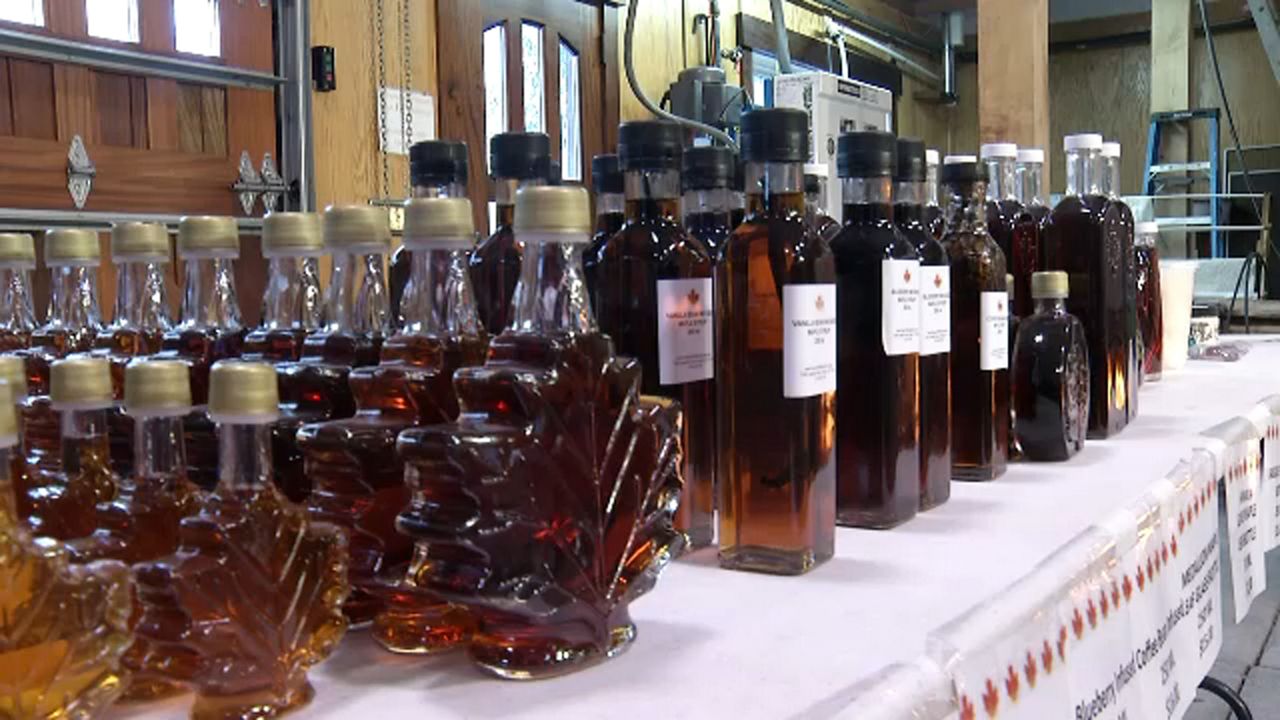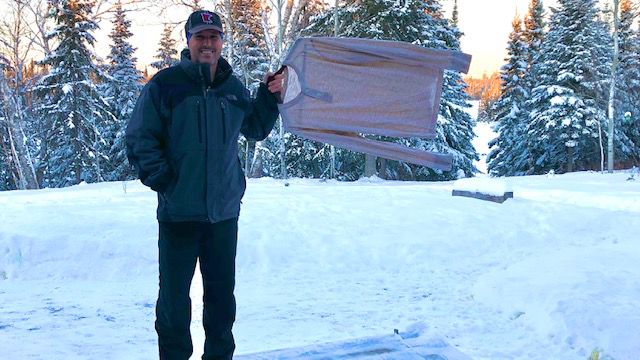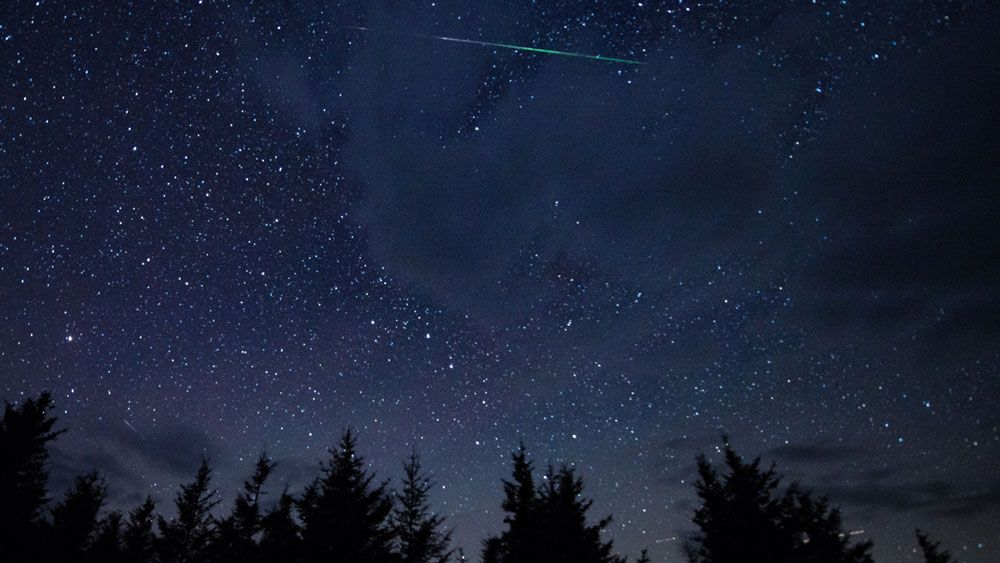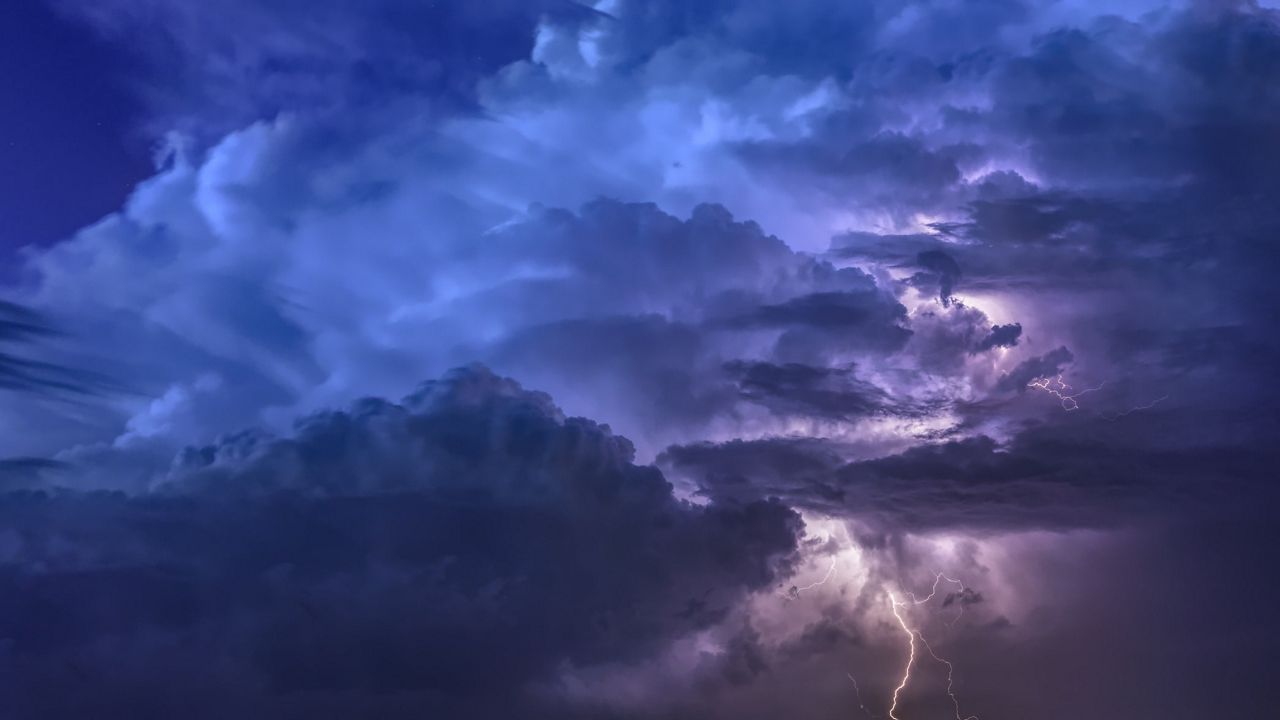If you’re looking for a fun activity to do this weekend, why not head back to the sugar shack to taste and smell some sweet maple syrup?
While pure maple syrup might seem like an easy and fun business, harvesting this sweet treat can become overly sticky when the weather doesn’t cooperate.
According to the U.S. Department of Agriculture (USDA), a large portion of maple syrup producers indicated they are experiencing earlier than normal tapping seasons in recent years.
Due to a warming climate, the sugar maple tree population could endure noticeable losses over time, especially in the southernmost areas. As a result, a more robust sap flow area could shift farther north over the coming decades.
Researchers discovered that seasonal weather shifts and noticeable changes in climate impact the quality and quantity of the sugar yields.
For instance, an out of the ordinary winter thaw might cause sap to run sooner than normal. On the other hand, this process can slow down again once the cold returns.
A prolonged period of mild weather can signal microbial growth within the trees, making for a sluggish and lighter sap flow. In addition, it can lead to a dry or plugged up tap hole.
The rule is, when the sap flows, it’s time to collect. Even if it’s an early sap run, it’s better to take up the risk of collection, then become left out of the flow later on.
Some farms attempt multi-tapping to troubleshoot issues, but this method doesn’t always alleviate the problem. So this seemingly simple task turns into a game of skill, anticipation and a switch of methods during the unusual temperature swings.
The goal is for sap farmers to navigate these changes carefully in order to avoid low yields and instability in sap supply to the markets.
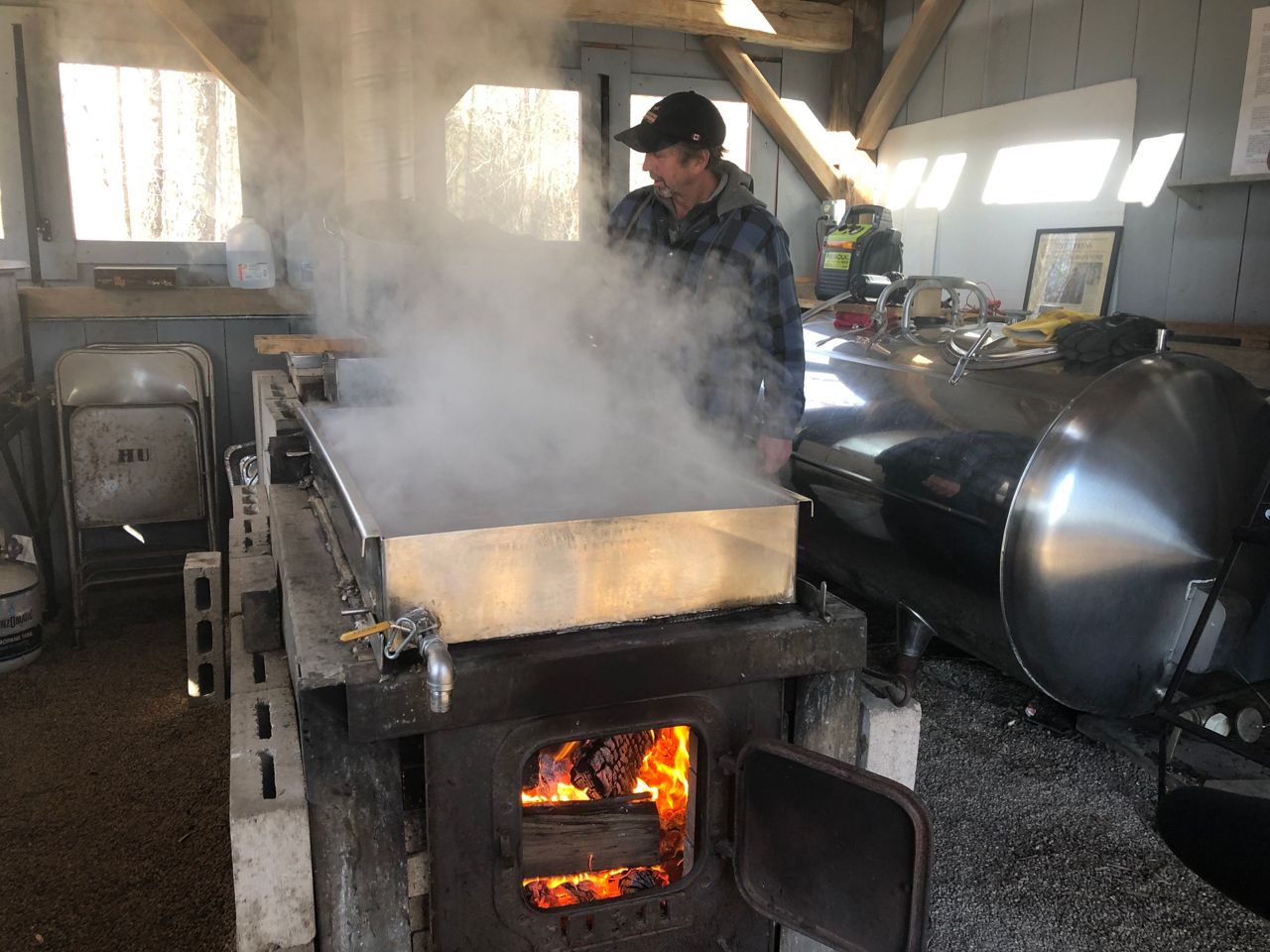
If you’d like to learn more about maple sugaring, you can access the Cornell University Uihlein Research Forest webpage, or schedule a tour of the facility.
Located in Lake Placid, New York, Cornell University’s Uihlein Maple Research Forest is an expansive wooded area that includes hundreds of acres of trees used specifically for the study of maple syrup production.
The program also focuses on forest management, forest health and agroforestry. Cornell’s tree orchards are at the heart of a long-time northeast research project focusing on cultivating and improving the production of sap flow.
Cornell also uses birch syrup as a part of their study, where they explain the difference between maple and birch sweets. To understand and learn more about birch syrup and what it is used for, click here.
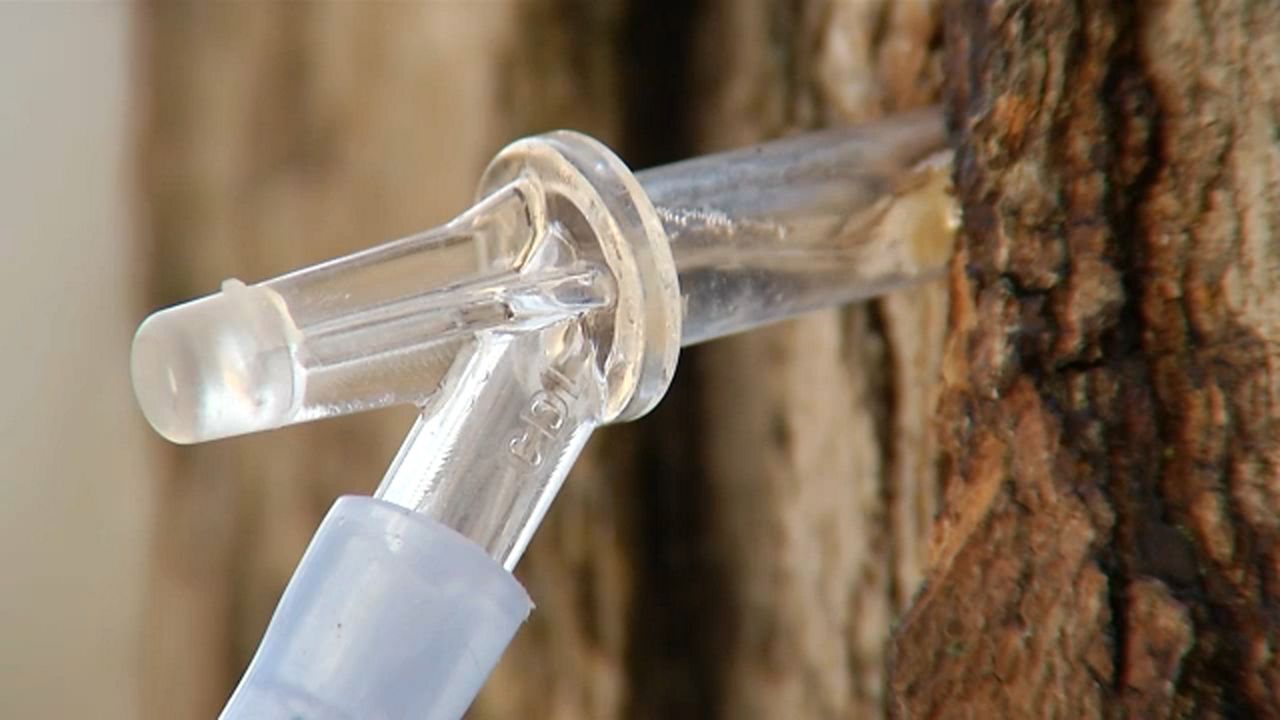
Pure maple syrup is a natural and nutritious sweetener, so it's a smart choice to use for topping off pancakes, ice cream or as an addition to family recipes.
Maple syrup season typically runs from February through April, but the season peaks in March when most sugar makers begin harvesting sap at the beginning of the month.
According to the NYS Maple webpage, “New York State is home to the largest resource of tappable maple trees within the United States, and has over 2,000 maple sugar makers.”
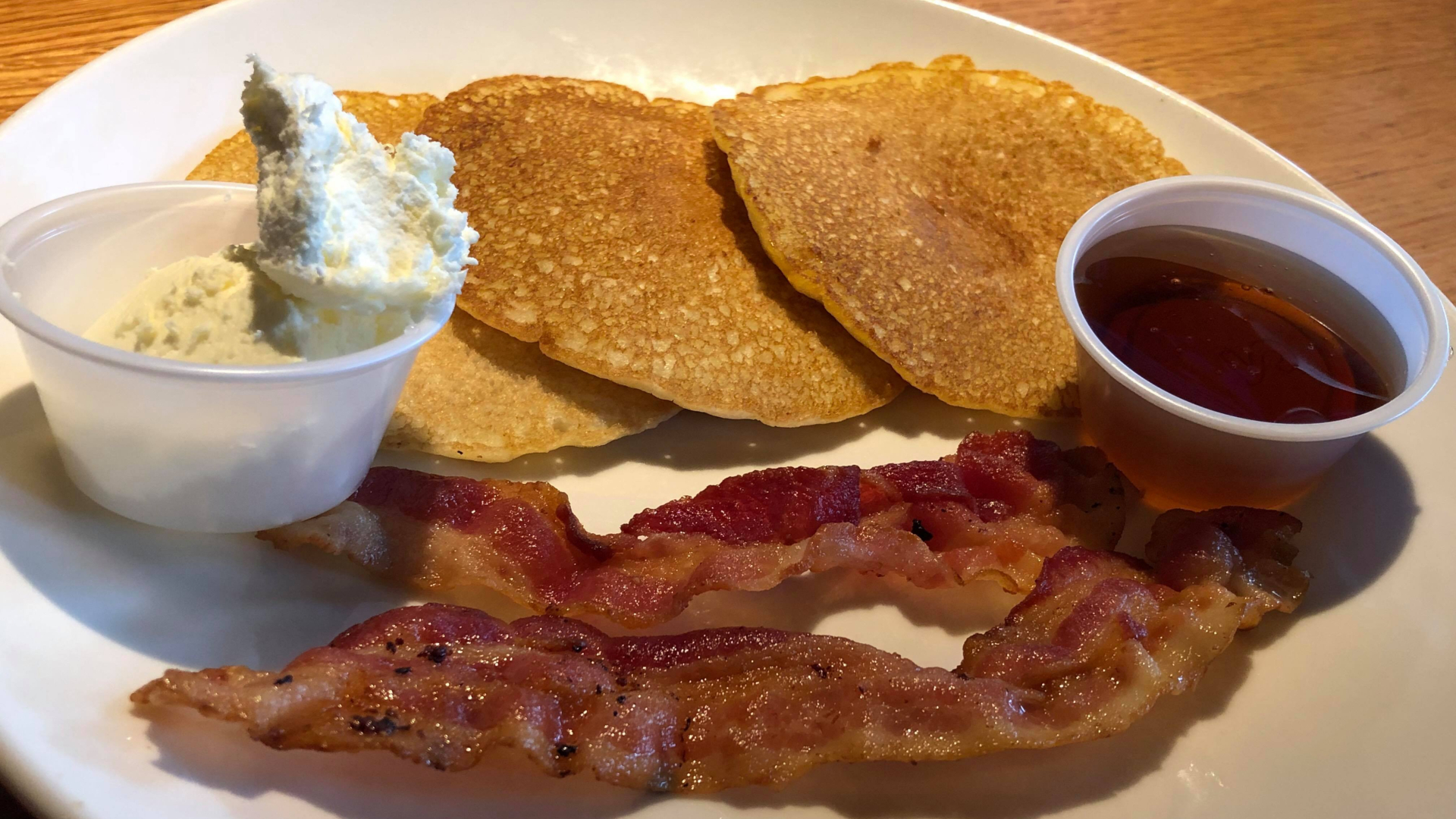
When you shop local and purchase maple products, you protect local habitat by allowing farmers to work with a sustainable crop that can remain rural with minimal intrusion on nature.
Maple trees with holes in the trunk from sap drilling do not bode well as second use timber. Instead, some small niche woodwork markets can use sap trees to make custom items like art for wall hangings or furniture.
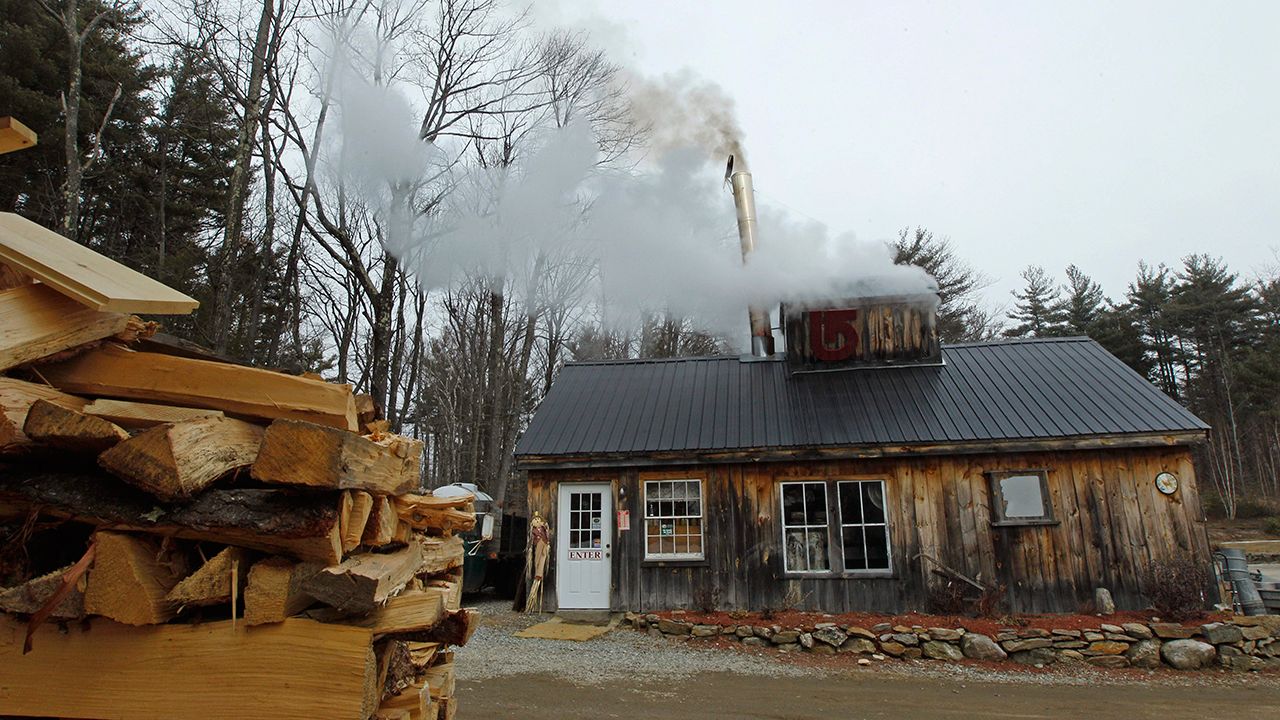
Wondering where you can find some mighty good sweet maple syrup near you? Here are a bunch of local sugaring spots you can try that are close to home and please share your sugaring or maple tree photos with us on the Spectrum News App!





